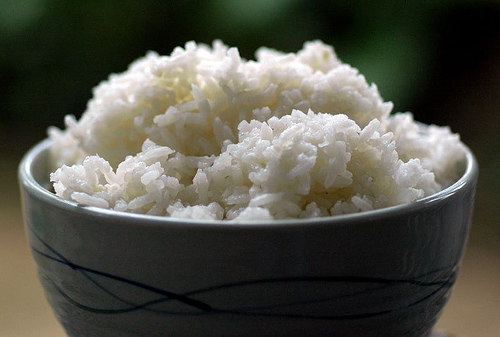Saying your goodbyes to people who are special to you hurts right? Well that is what we will have to do now. Amazing isn't it? For the past month, we have given you teachings on how the world's biodiversity works and our travels as your science gurus. Well now, the train has arrived its destination and we need to move on. This blog we have made has given us an amazing learning experience for you and for us as well! Well, this blog was actually our final 4th quarter CEO in Science as 6th graders. As you may have noticed, there have been several blogs too that are also having the same topics on what they post on. The 4th quarter CEO or as we call it, the blogging project.
Courtesy of Teacher Rye
This blogging project was given to us for us to experience and express what we have learned throughout our 6th grade lives through the internet! Preparation of this project? Well, of course we didn't know at first of how we would do this. But then, we were able to develop into understanding how this works. Thinking of display names, posts, words, and others were prepared by intense thinking and cooperative work! Encountering problems happened a few times during our blogging. Here are some we encountered:
- Deciding the name "The Science Gurus" was hard.
- Adjusting small matters on how our posts would look like.
- Wondering on how the format of all posts would be.
- Having delays in a few posts
- Thinking for a long time what would be a catchy name, which of course leaded to the Science Gurus.
- It took time to adjust things, but we were able to find out on how to make our lectures look better.
- Formatting on how our blog and lectures would look like and be like was tough, though, we eventually were able to understand on what fonts, backgrounds and additions should we put in our blog.
- Being 6th graders, we had many things to do. Seatworks, homeworks, CEO's, projects. But even though, we were able to find time and we even stayed up late at night just to be able to finish our lectures for you, readers.
a. Making our lectures and blog posts more meaningful and more presentable
b. Adding more information that should have been placed in the blog
c. Having better mechanics, text layouts, graphics, multimedia, and others.
d. And etc.
Our blogging project had many ups and downs. Also, our blogging project could have been handled better by us if we have done more effort on it, given more time for it, and if we could have done a better job. Although, we are still glad that we were able to experience how to blog and how to make it presentable and meaningful for you guys! Do you remember all the things we taught you? Well so in case you forget, here is the summary of the things we were able to teach you about!
Teaching you about some animals
Giving you some plant information
Talking about our extravagant field trip!
Talking about cows and the DTRI
Providing info on some rice and on the IRRI
And finally, talking about our last stop in our field trip, the Makiling Botanic Garden
Out of all these mistakes, experiences, and lessons, there is one important thing we learned from this project:
Learning how to make a blog and giving you a vision on what we
have learned in our travels as your science gurus.
We give our thanks to you and our Teacher Rye, who has given us the chance to be able to express what we have learned us 6th graders who are about to become highschoolers. We now give you a message from each of the science gurus to you as our farewell words:
Hey readers! Guess this is it, our last post. I would like to thank you all for your reading our lectures! I wish you enjoyed reading them. God bless to you all. Bye!
Hey readers! Guess this is it, our last post. I would like to thank you all for your reading our lectures! I wish you enjoyed reading them. God bless to you all. Bye!
- Fernando
Thanks a bunch, viewers! Your views helped us a lot. Thanks for reading our posts and supporting our blog. I hope that you would still look at our blog every now and then. Thanks again!
- Ryuu
Hey guys! Thanks for the views and the comments, the support and the reading of our blog. It helped us not only in our Science project but it also helped us learn from your comments and criticisms. Thank you for everything!
- Hotaru
Hey guys! Thanks for the views and the comments, the support and the reading of our blog. It helped us not only in our Science project but it also helped us learn from your comments and criticisms. Thank you for everything!
- Hotaru
Hey guys! Thanks so much for viewing our lectures to you! We enjoyed sharing what we know and what we have learned to you. Always try to learn more everyday. We hope this blog would help you in whatever you are doing! God bless to you guys and do your best in everything you do. See you around!
- John
We, the science gurus, have had the greatest time teaching you about our world's biodiversity. We thank the teacher who made this blogging and field trips happen, Teacher Rye. We pray and hope you guys will carry what information we gave to you to wherever you go. We bid farewell to you. Nurture well and become someone who you should be. Remember, always believe that you can indeed make a difference in this world.
"Some people come into our lives and leave footprints on our hearts and we are never ever the same."
-Flavia Weedn








































